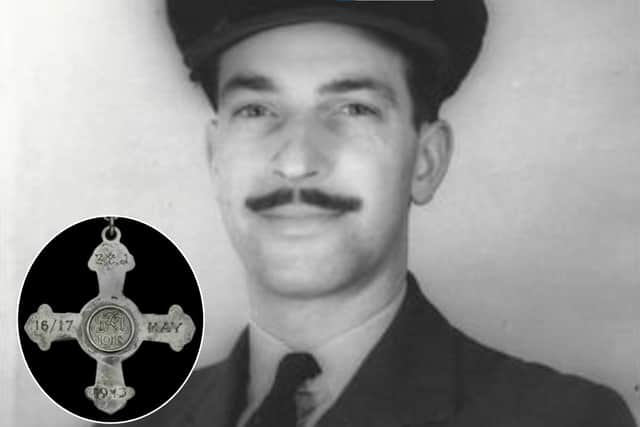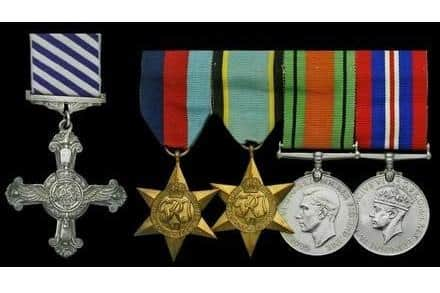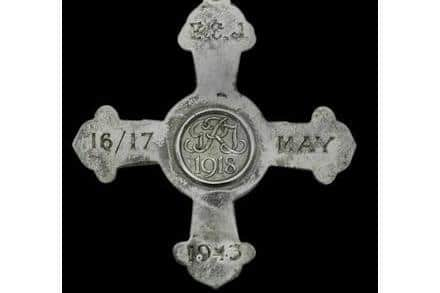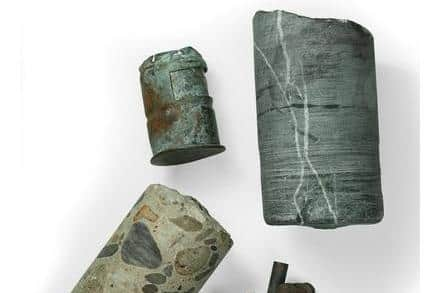Medals won by Dambuster war hero Edward Cuthbert Johnson from Blackpool sell for more than £100k at auction
and live on Freeview channel 276
Edward Cuthbert Johnson was part of the main Strike Force under Guy Gibson on May 16, 1943 – the famous night of the Dams Raid.
His opportunity soon presented itself when Knight’s crew were called to centre stage.
Advertisement
Hide AdAdvertisement
Hide AdThey made several low-level dummy runs into the Eder Dam, each pass being a hair-raising event due to the steep climb required to bring the aircraft away from the surrounding terrain.


Their final run was pitch-perfect and Edward delivered his bouncing bomb with total precision to score the direct hit that breached the Eder Dam, earning his Distinguished Flying Cross (DFC) in the process.
Edward’s medals and memorabilia were auctioned at Spink & Son auctioneers in London by order of a direct descendant on November 29.
The lot was expected to reach up to £70k when it went under the hammer, but actually ended up selling for a whopping £105,000.
Edward Cuthbert Johnson’s history


Advertisement
Hide AdAdvertisement
Hide AdEdward Cuthbert Johnson – or Johnnie to his friends, family and comrades – was born in Lincoln on May 3, 1912.
He was just two years old when his father was killed in action on the Western Front in December 1914.
Edward moved with his mother to Gainsborough and was educated at Lincoln Grammar School.
In 1936, he married May Beckwith and moved from Leeds to Blackpool before establishing a boarding house prior to the outbreak of World War II.


Advertisement
Hide AdAdvertisement
Hide AdHe joined the RAF in 1940 and qualified as an Air Observer Navigator on 25 October 25, 1941 and a bomb aimer on December 6, 1941
After further training he was posted briefly to 106 Squadron, but then sent back to a training unit to be crewed up with Les Knight and his colleagues.
They moved to 50 Squadron in September 1942, and Edward flew on some twenty-two operations with the Knight crew.
Like four of his colleagues, Edward successfully evaded capture and reached the safety of Spain following the Dams Raid.


Advertisement
Hide AdAdvertisement
Hide AdHe served out the rest of the war in various ground postings before leaving the RAF in 1947.
He then went back to Blackpool working for Sellers Fireplaces until his retirement.
Edward passed away in Blackpool on October 1, 2002 at the age of 90.
The story of the Dambusters
The Dam Busters were members of the RAF’s 617 Squadron who were specially assembled in March 1943 to bomb three dams in Germany’s industrial heartland, the Ruhr Valley, just two months later.
The raid, on the night of May 16/17, was called Operation Chastise and involved 133 aircrew flying 19 specially adapted Lancaster bombers.